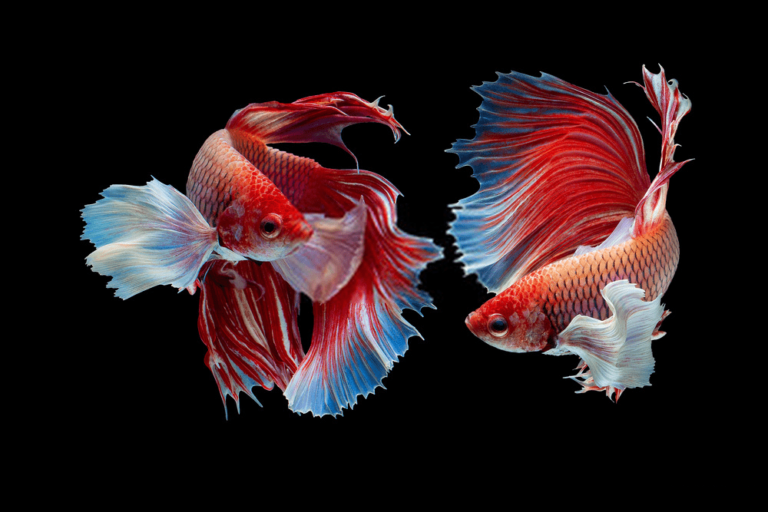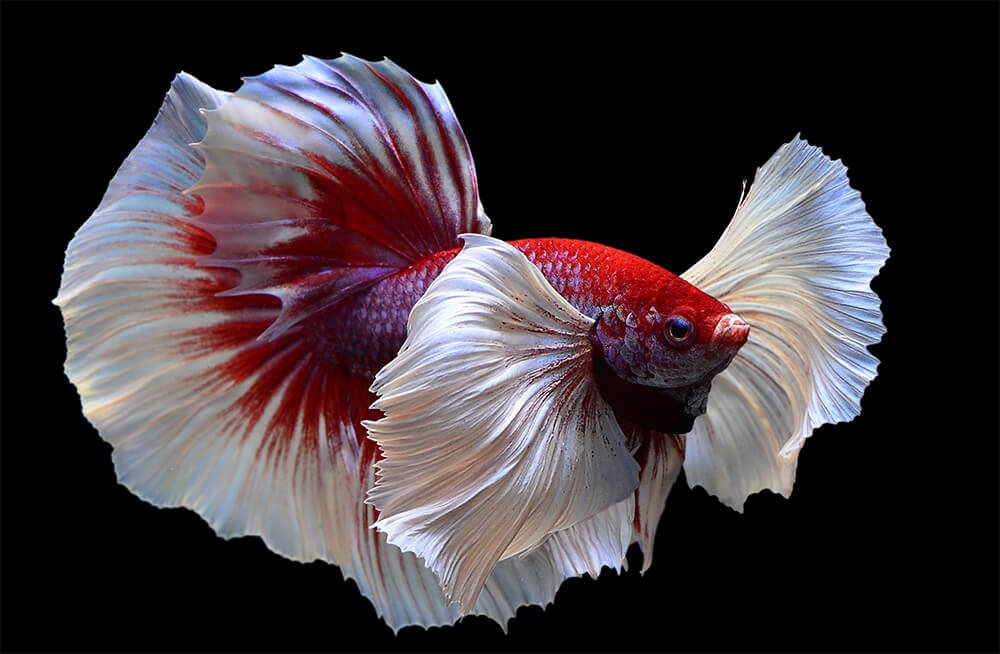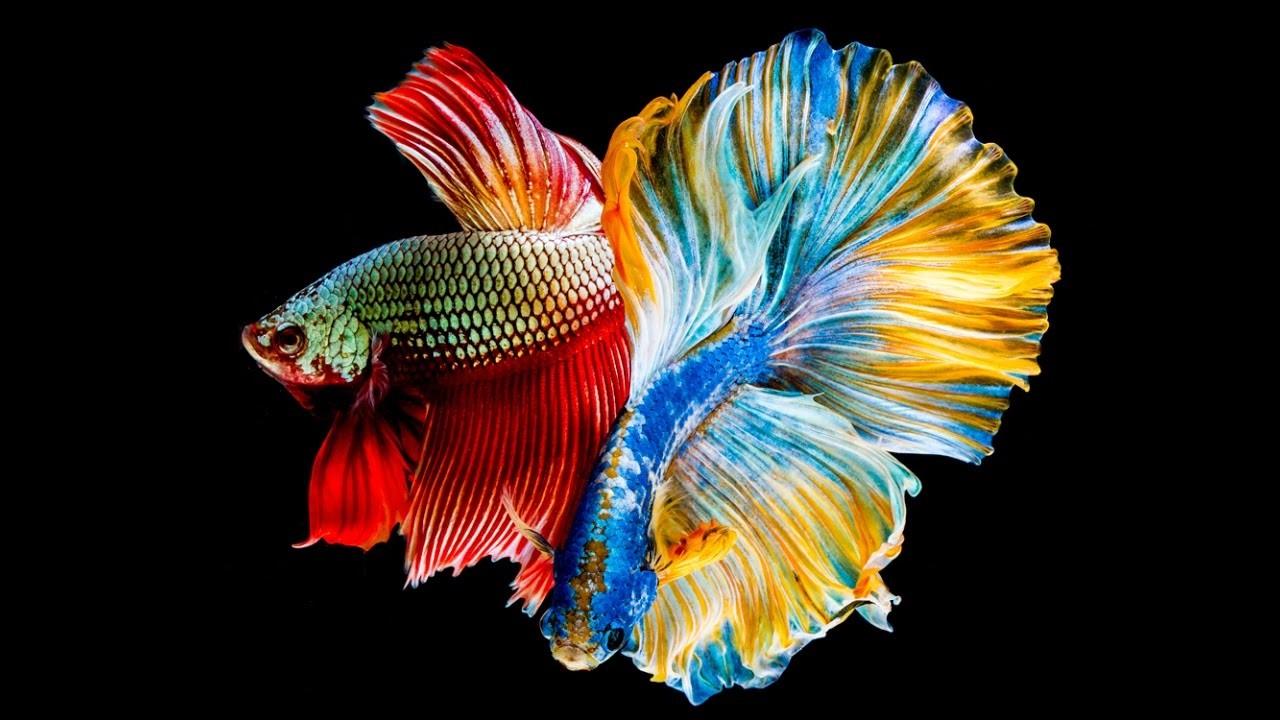How to Squeeze Betta Fish Correct Technique for High Efficiency

If you are learning how to press betta fish to be able to own your own fish that are perfect in color, strong and supple, please refer to the article below. Squeezing betta fish is not difficult, but it does require a bit of technique. The most memorable will be the feeling of excitement, waiting for the baby fish to be born.
Betta fish, also known as fighting fish, Siamese fish originated in Southeast Asia. This is a fish that many people love to keep. This fish has a variety of colors combined with beautiful fins and tails. For those who are fastidious or want to own unique and one-of-a-kind betta fish, pressing betta fish is a must to follow the steps below that Tinhot.asia.
Selection of Breed Betta Pairs
First we need to choose for ourselves a pair of good quality parent bettas. Not all betta fish possess good qualities, from color, health to shape. Meanwhile, juveniles will largely inherit these criteria.
In addition, male bettas often eat their own fry, so we also need to be careful. To check if the father is eating the young, it is necessary to spawn once and then observe whether the fry is lost. It takes a lot of work, but you will most likely get a satisfactory batch of fry.

Choosing a parent betta pair should pay attention to their age accordingly. Like other animals, betta fish also need to reach a certain maturity to have the best reproductive results.
The right age is when the fish has fully developed in terms of appearance and body as well as the best fertility. The most suitable age for betta fish to reproduce and produce quality fry is 8 months old.
Particularly for the mother fish, it is necessary to choose those with small bodies and agile activities because the ratio of them to giving birth to fry is much better than that of round mother fish.
Betta Squeezing Technique Correct Technique
Choosing a breeding environment for fingerlings is very important and is also the first step in the technique of pressing betta fish. Need to prepare a tank that can hold about 20 liters of water, separate the tank and release the male and female fish on two different sides for 1 week, if the same fish will fight.
This time will help them get to know each other and flirt with each other. You will probably notice that the fish release a lot of foam and after this time has passed, the divider can be removed to allow the fish to meet.
Mating and egg laying stage
During the mating period, we can observe the male fish lying in places with bubbling bubbles. If you look closely, if the foam has tiny white dots, it means there are eggs. If there are no white dots, you have failed to force the betta and must repeat from the beginning. It is best to squeeze a few pairs to have a higher success rate.

In about 2 days the betta eggs will hatch, the fry can't swim yet, but in the next 3 days, they can already jump around. This is the time to provide food for fry, the most suitable food is worms. Feed the fry 3 times a day and they will grow quickly. When the fry are 2 weeks old, we can proceed to separate them and raise them as adults.
The stage of separating the fry
As mentioned above, when the fry are 2 weeks old, we need to separate the fry. This action both helps them not to turn into delicious bait of the father and avoids the case that we provide insufficient food, the father will eat it all, so the fry will be slow to develop.
When the baby bettas are 2 months old, they will become more aggressive and often collide with each other. At this time, you need to pay attention to monitor, if there are signs of fighting, you need to separate immediately. Because betta fish collide very fiercely, damaging parts of the body, even leading to fish death.
This article has just sent to readers the best technique for squeezing betta fish, which is consulted by experienced fish farmers. Hopefully, with these shares, it will help you to squeeze the best betta fish for you. If you have any questions about how to raise fish and press betta fish, you can leave a comment below the article, Pet Blog and aquarists will respond quickly.
Good luck!